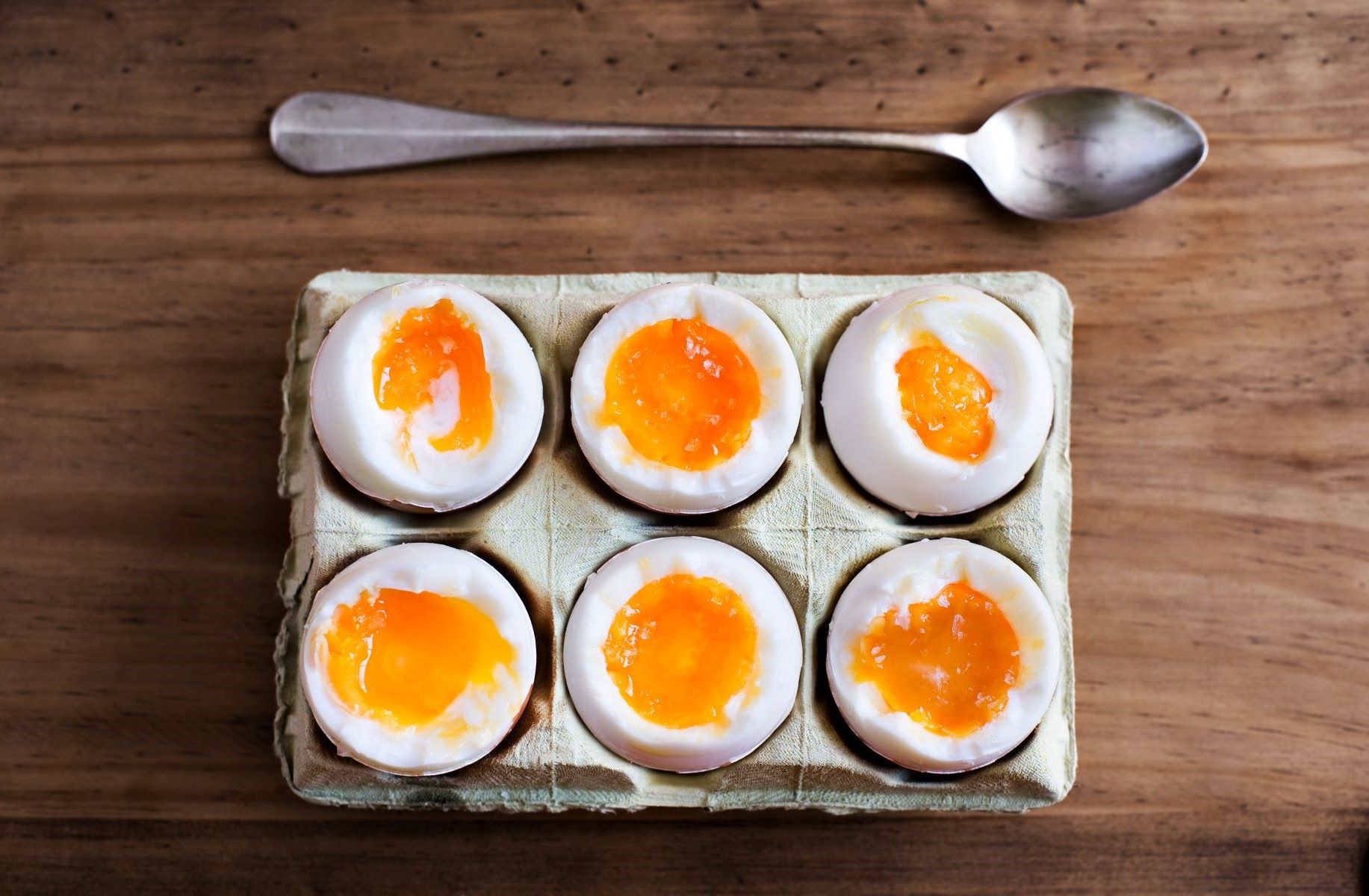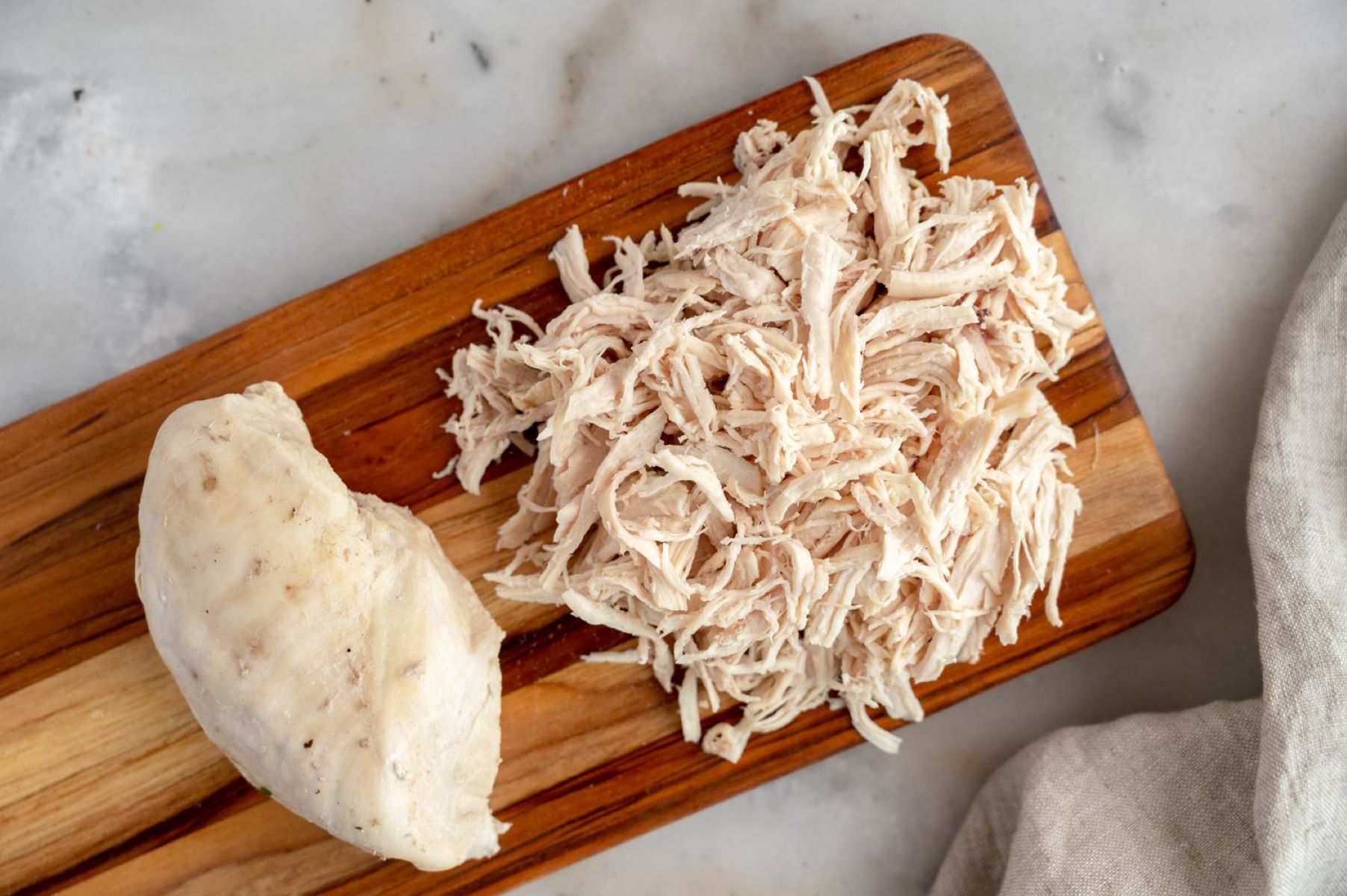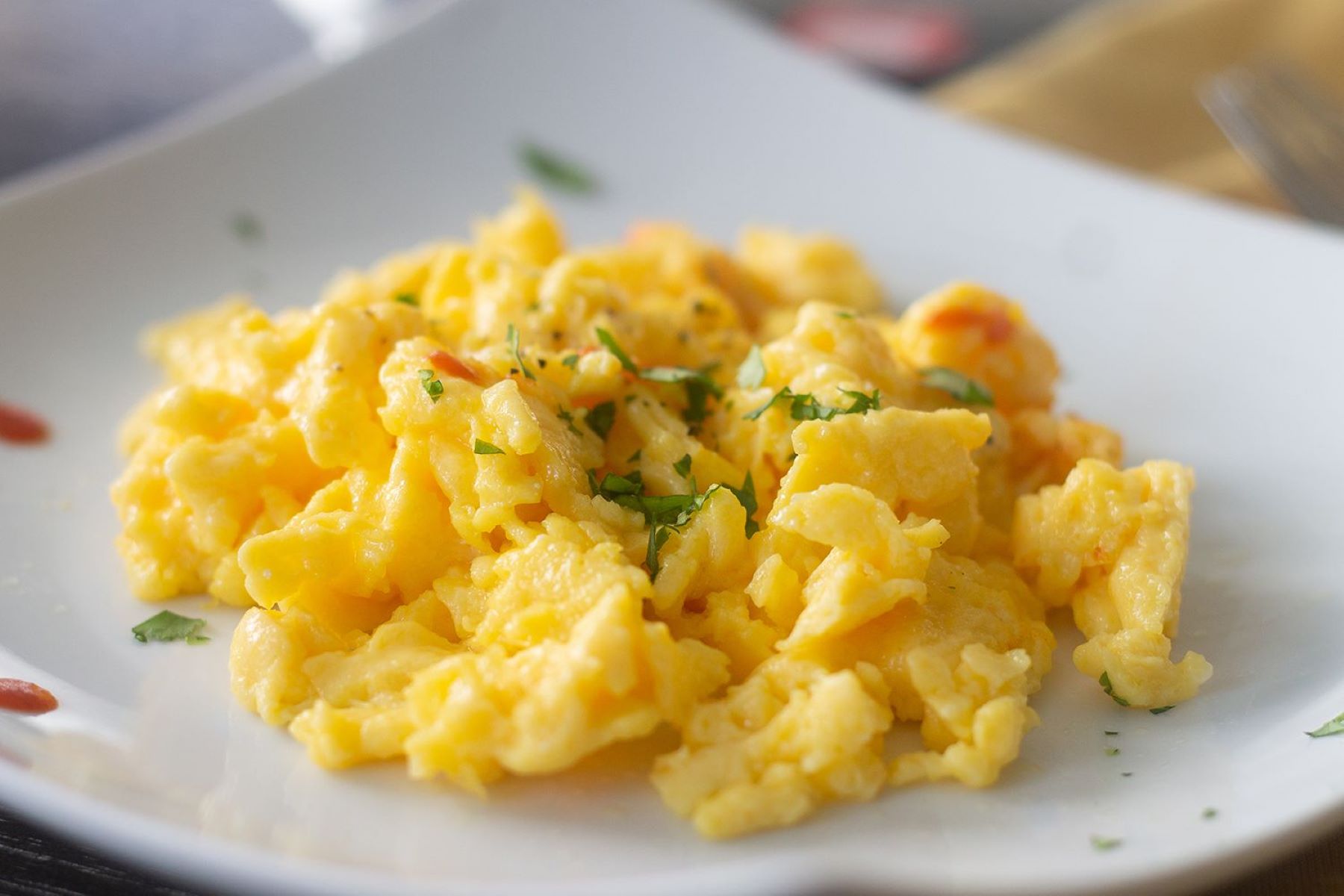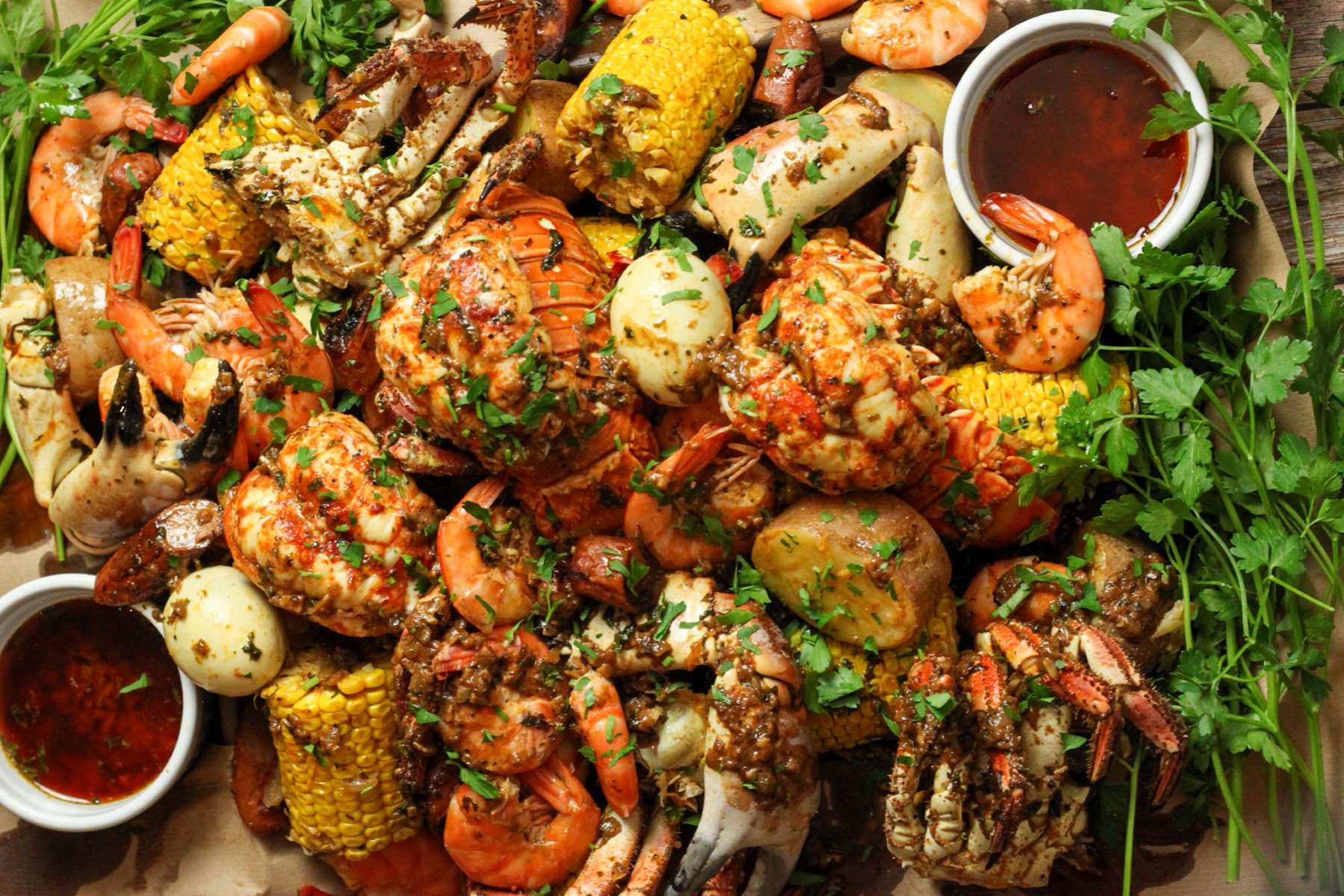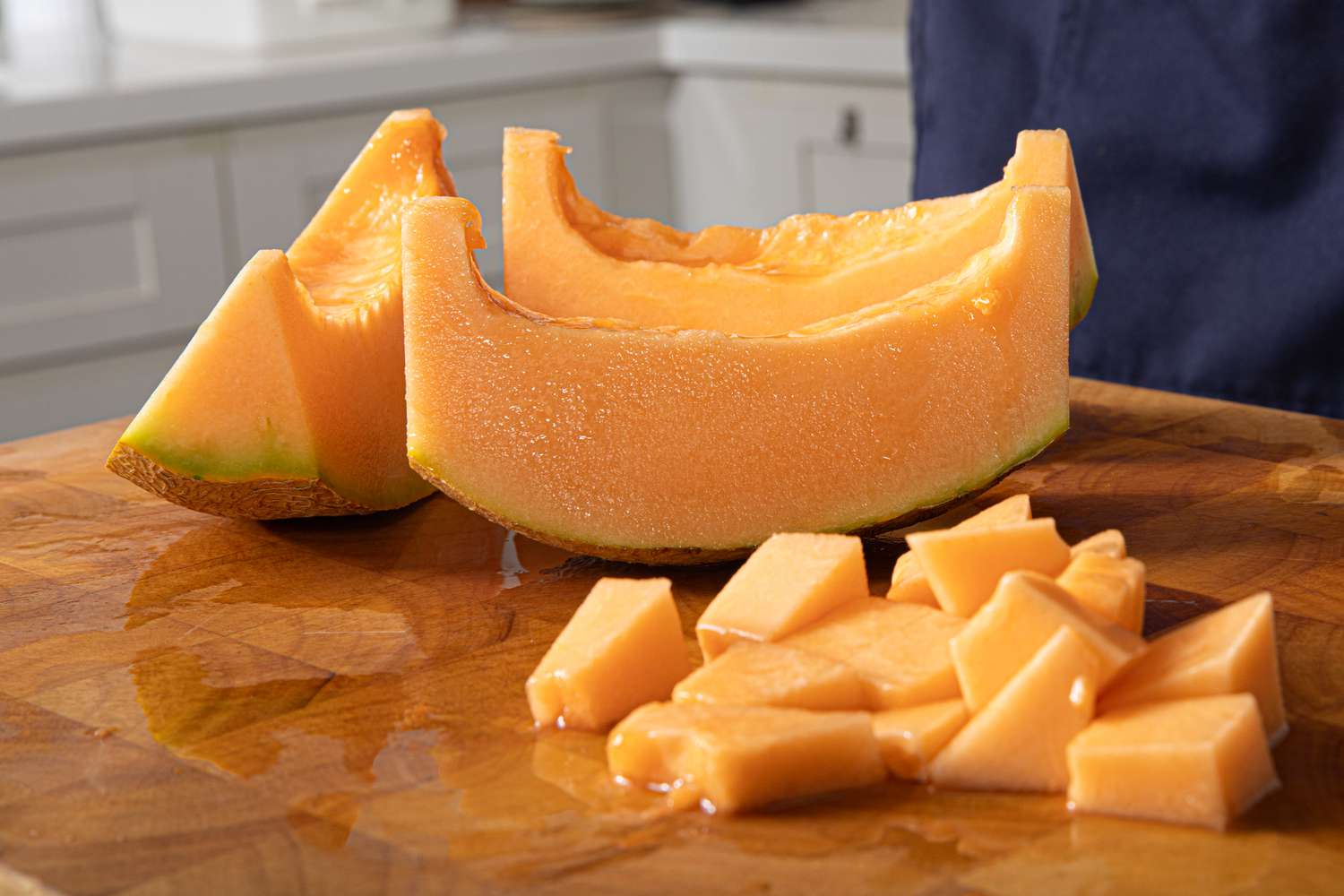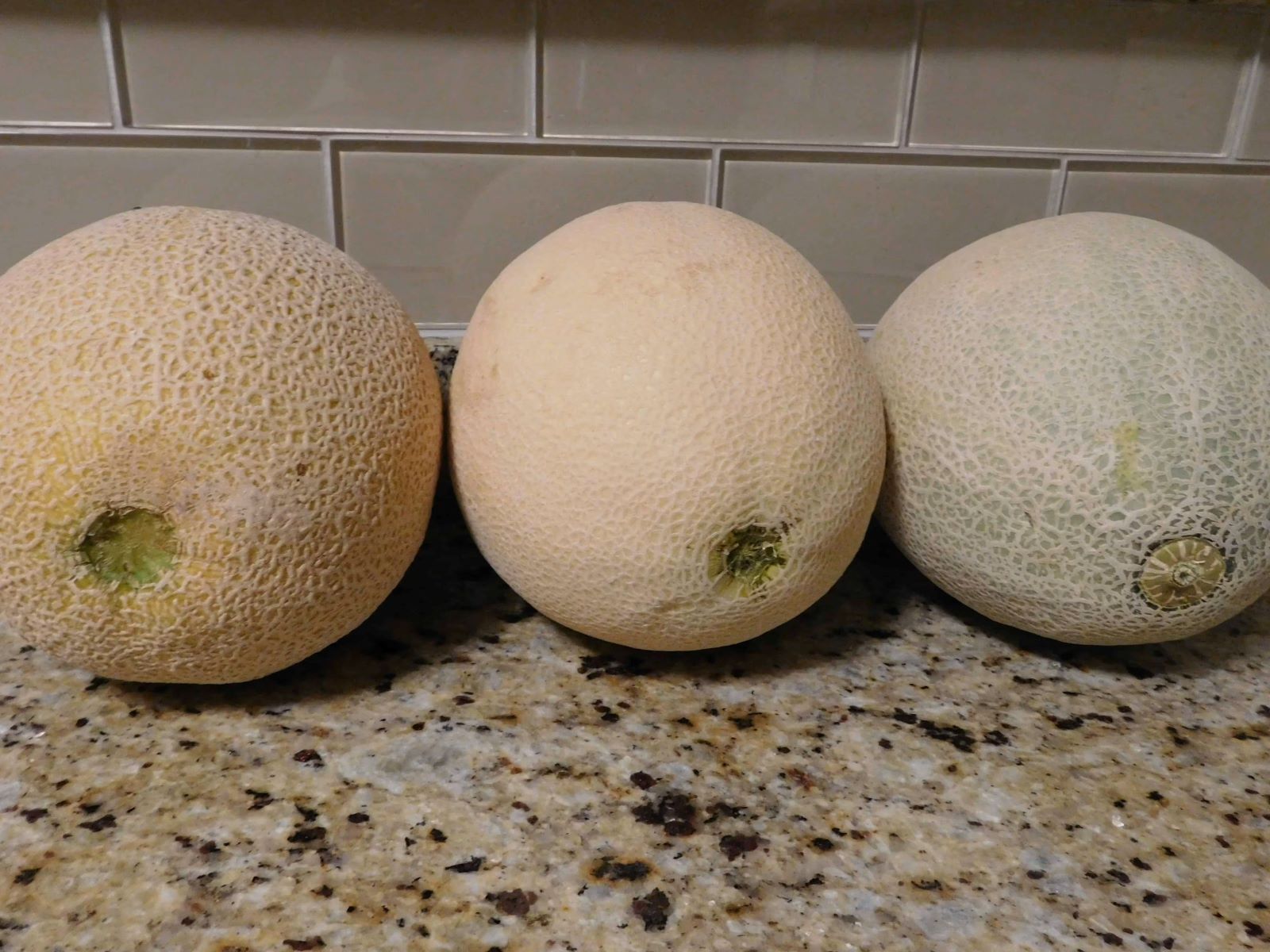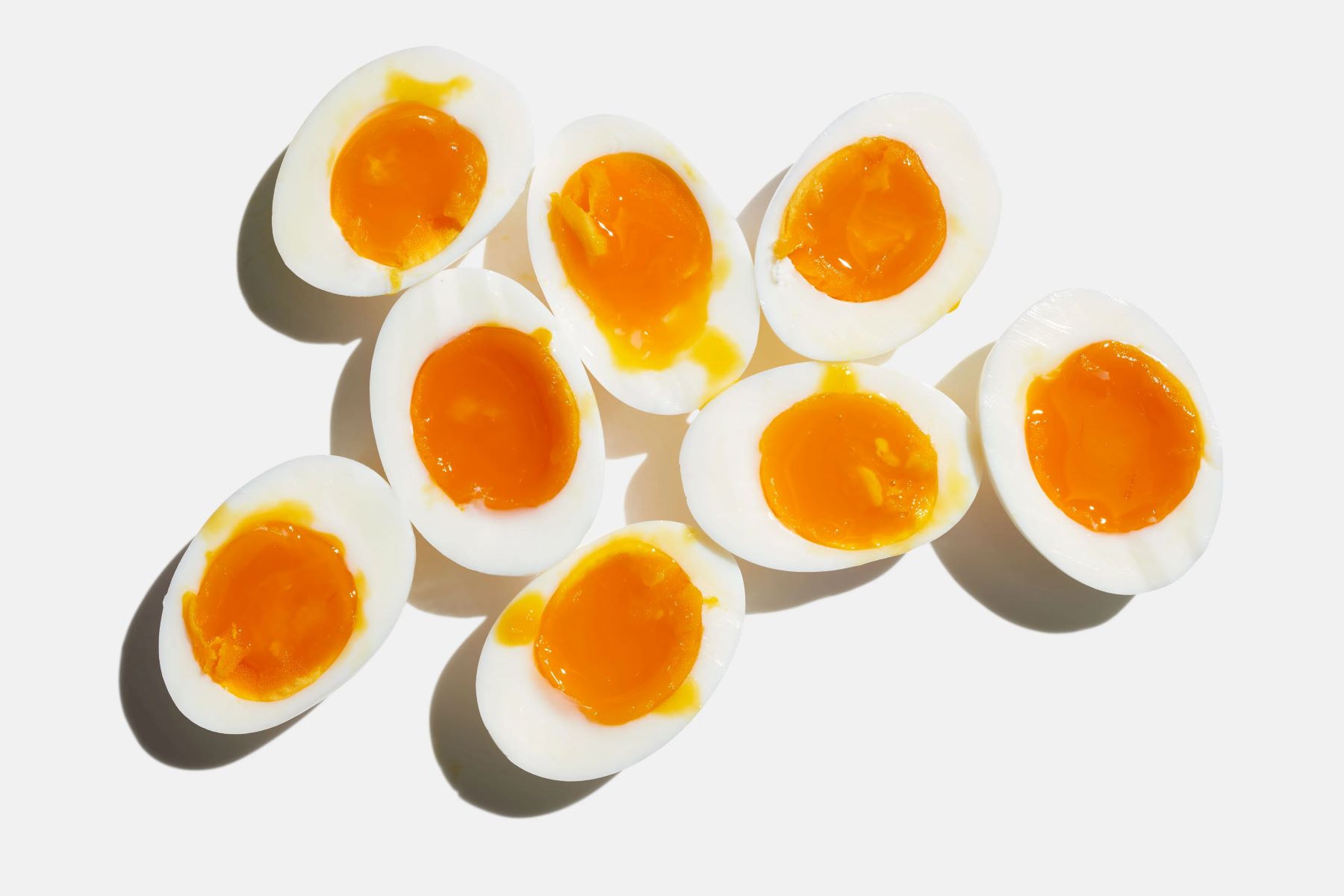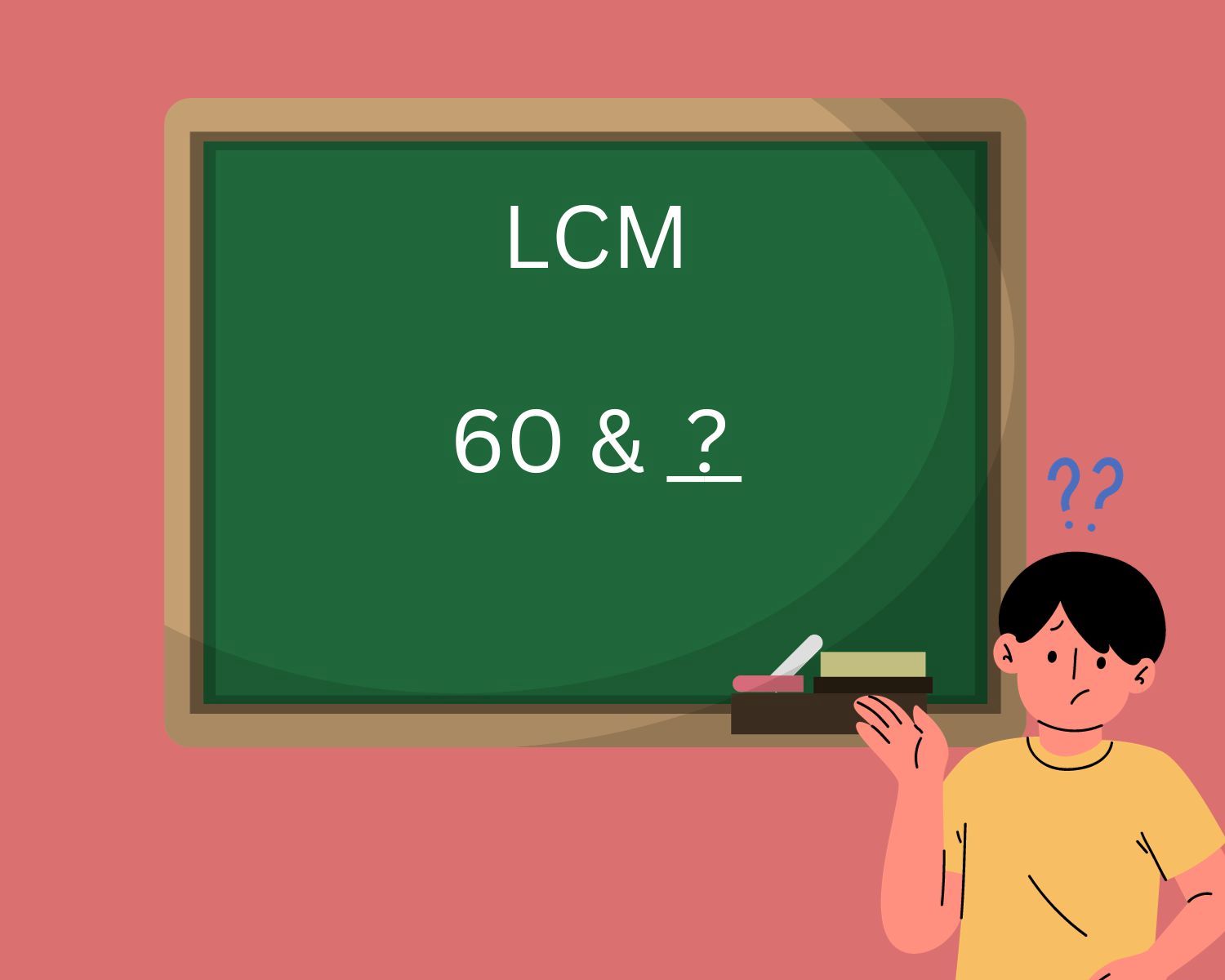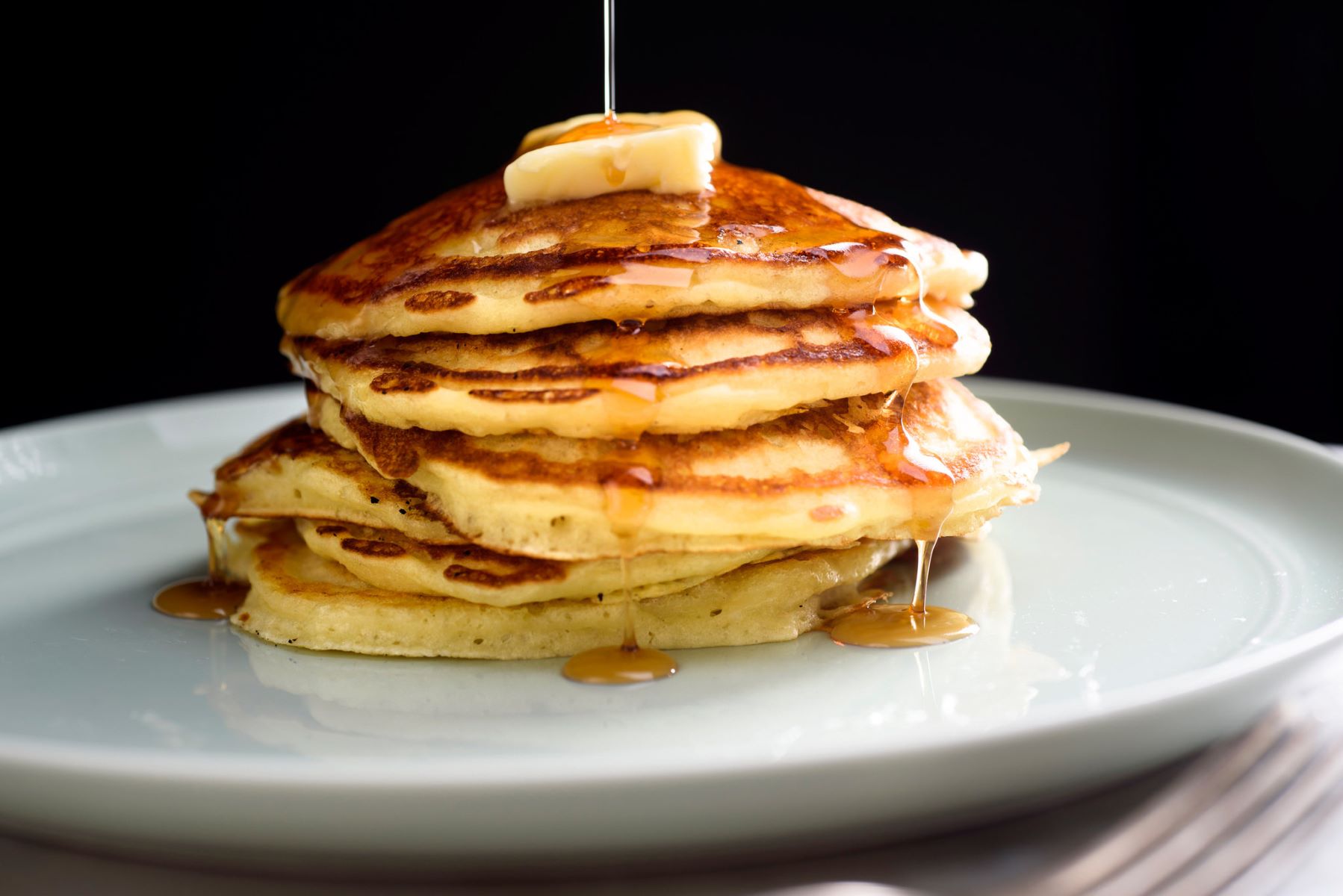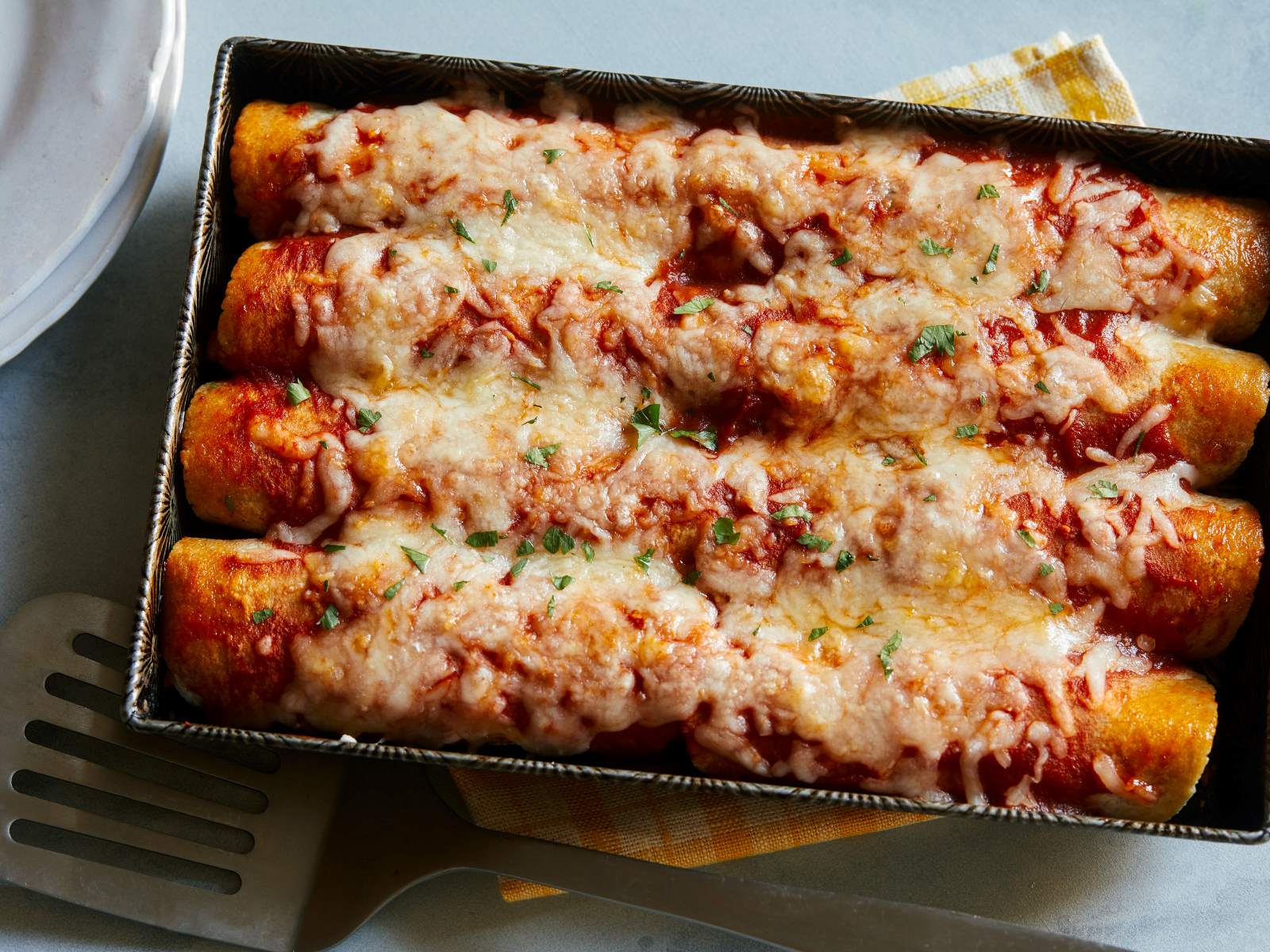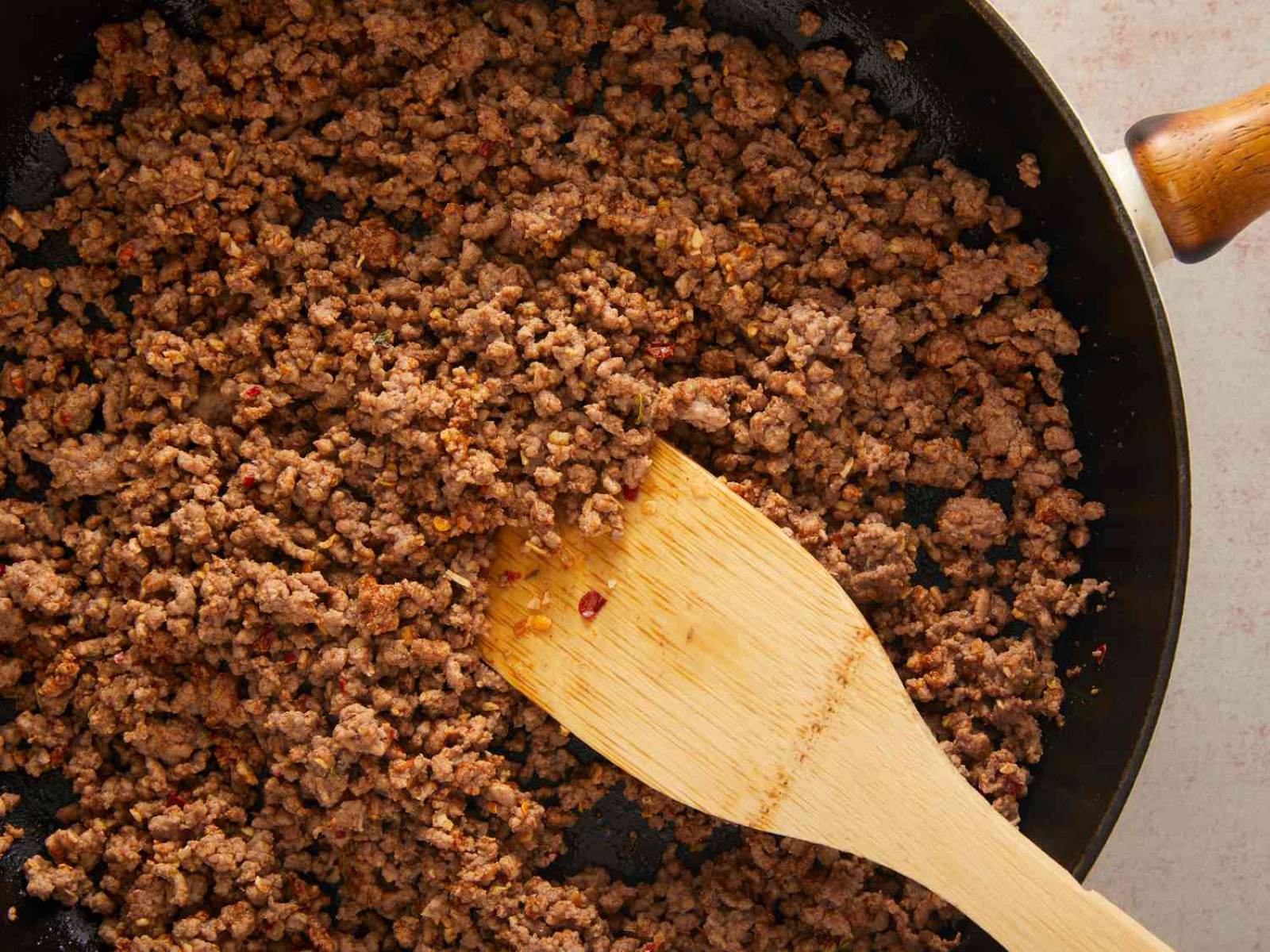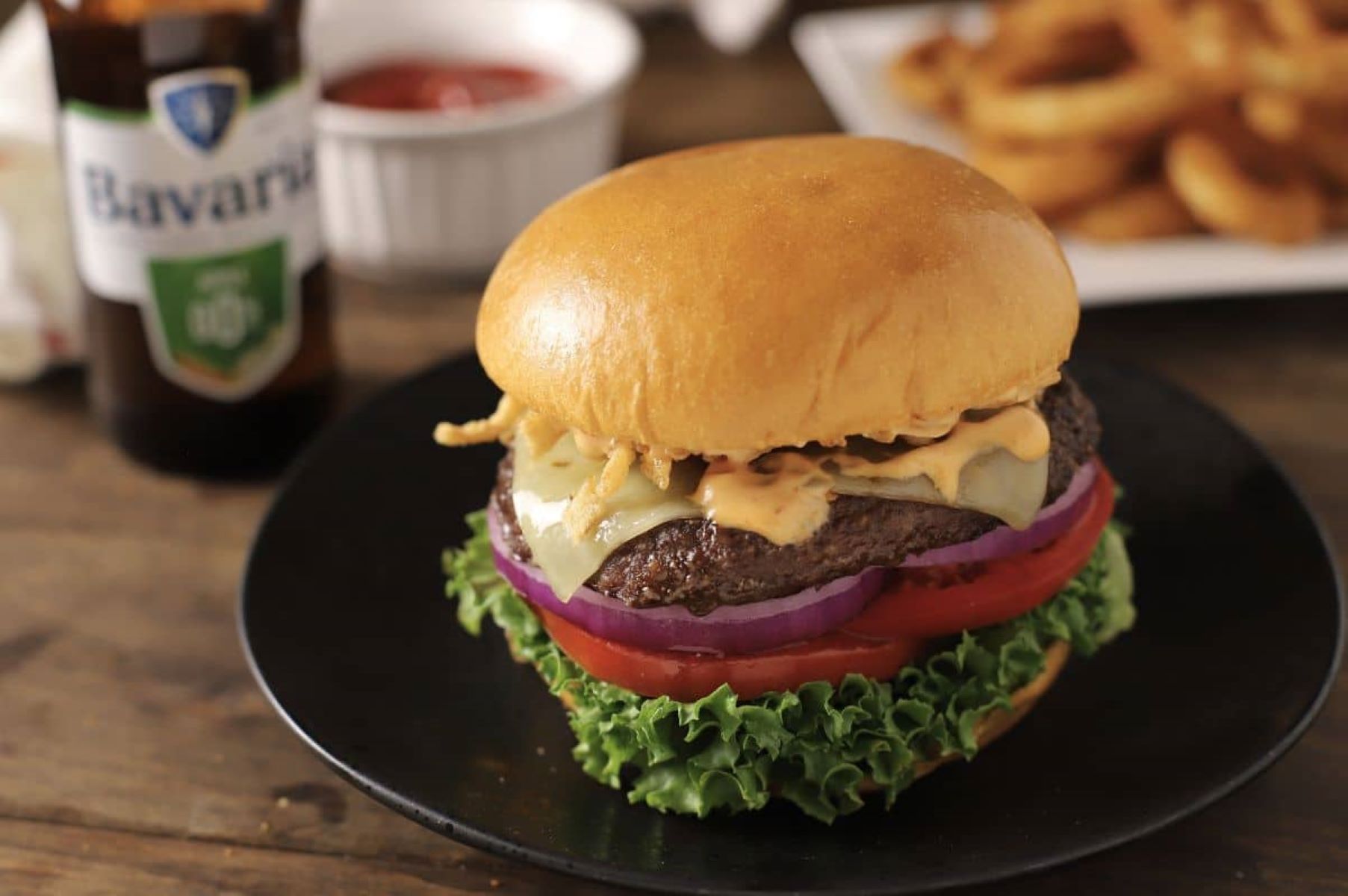Home>Food and Cooking>The Foolproof Trick To Perfectly Cooked Hard-Boiled Eggs!
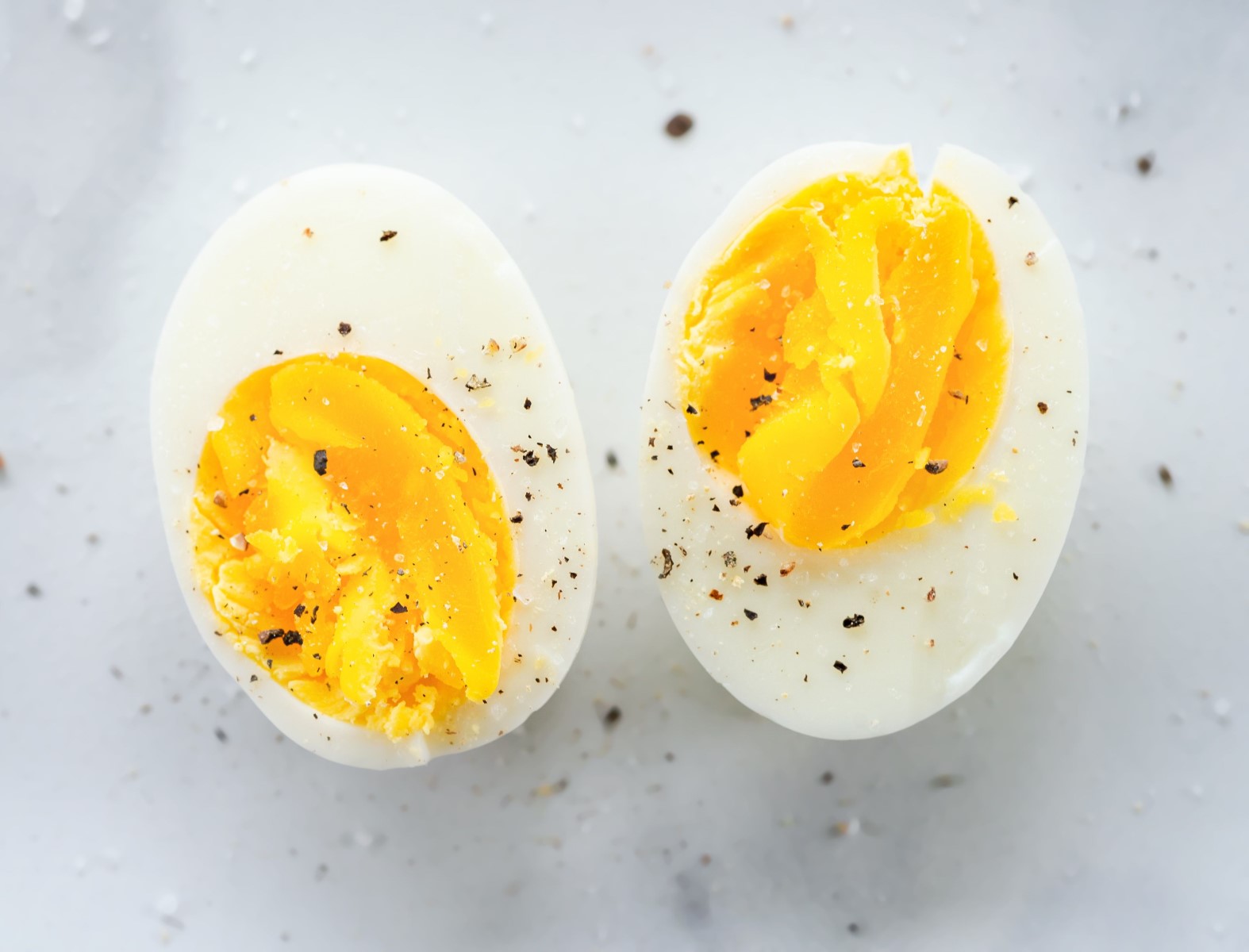

Food and Cooking
The Foolproof Trick To Perfectly Cooked Hard-Boiled Eggs!
Published: January 23, 2024
Discover the foolproof trick for perfectly cooked hard-boiled eggs! Elevate your cooking skills with this essential food and cooking tip.
(Many of the links in this article redirect to a specific reviewed product. Your purchase of these products through affiliate links helps to generate commission for Regretless.com, at no extra cost. Learn more)
Introduction
Cooking hard-boiled eggs might seem like a simple task, but achieving the perfect result can sometimes be a challenging feat. Whether you're preparing a classic egg salad, a nutritious snack, or a protein-packed addition to your meal, mastering the art of cooking hard-boiled eggs is essential. The secret to achieving the ideal hard-boiled egg lies in the precise balance of cooking time, temperature, and the initial quality of the eggs. In this comprehensive guide, we will delve into the foolproof trick to achieving perfectly cooked hard-boiled eggs every time. From selecting the right eggs to mastering the boiling and cooling process, you'll learn the essential steps to ensure that your hard-boiled eggs turn out flawlessly. So, let's embark on this culinary journey and discover the key to mastering the art of cooking hard-boiled eggs!
Read more: How To Make Eggs Over Hard
Choosing the Eggs
When it comes to cooking hard-boiled eggs, the first step is to select the right eggs. The quality and freshness of the eggs play a crucial role in achieving the perfect hard-boiled result. Here's what you need to consider when choosing the eggs for this culinary endeavor:
-
Freshness Matters: Opt for fresh eggs when preparing hard-boiled eggs. Fresh eggs have a firmer white and a centered yolk, which makes them ideal for boiling. To determine the freshness of an egg, you can perform a simple float test. Place the egg in a bowl of water – if it sinks and lays flat on its side, it's fresh and perfect for boiling. If it stands upright or floats, it's best to avoid using it for hard-boiling.
-
Size and Uniformity: While size may not significantly affect the outcome of hard-boiled eggs, selecting eggs of similar size can help ensure uniform cooking. This is particularly important if you plan to serve the hard-boiled eggs whole, as it creates a more aesthetically pleasing presentation.
-
Organic and Free-Range Options: If available, consider opting for organic or free-range eggs. These eggs often come from hens that are raised in a more natural environment and may result in eggs with richer flavor and vibrant yolks.
-
Inspect for Cracks: Before boiling the eggs, carefully inspect each one for cracks or imperfections. Cracks in the shells can lead to the whites seeping out during the boiling process, resulting in an uneven appearance and texture.
By carefully selecting the eggs based on freshness, size, and quality, you set the stage for achieving perfectly cooked hard-boiled eggs. With the right eggs in hand, you're ready to move on to the next crucial step in the process: boiling the eggs.
This section should provide readers with comprehensive guidance on selecting the right eggs for hard-boiling, ensuring that they understand the importance of factors such as freshness, size, and quality. It should also serve as a valuable resource for readers seeking to achieve optimal results when cooking hard-boiled eggs.
Boiling the Eggs
Once you've carefully selected the perfect eggs for hard-boiling, the next crucial step is mastering the boiling process. Achieving the ideal balance of heat and timing is essential to ensure that the eggs cook to perfection. Here's a step-by-step guide to boiling the eggs and achieving consistently flawless results:
-
Preparation: Begin by placing the selected eggs in a single layer at the bottom of a saucepan. It's important to use a pan that allows enough space for the eggs to be fully submerged in water while minimizing overcrowding.
-
Adding Water: Gently pour cold water into the saucepan, ensuring that the water covers the eggs by at least an inch. This provides ample water for even heat distribution and helps prevent the eggs from cracking during the boiling process.
-
Bringing to a Boil: Place the saucepan over medium-high heat and bring the water to a rapid boil. Once the water reaches a vigorous boil, reduce the heat to maintain a gentle, rolling boil. This steady yet gentle boiling action ensures that the eggs cook evenly without the risk of cracking.
-
Timing: The cooking time is a critical factor in achieving the desired consistency of hard-boiled eggs. For perfectly cooked hard-boiled eggs with a creamy yolk and tender white, let the eggs simmer in the water for about 9 to 12 minutes. This timing may vary slightly based on the size and initial temperature of the eggs, so it's essential to adjust accordingly.
-
Monitoring: While the eggs are simmering, it's beneficial to monitor the process to ensure that the water remains at a consistent gentle boil. This helps maintain a steady cooking environment and ensures uniform results across all the eggs.
-
Cooling and Resting: Once the eggs have been boiled for the appropriate duration, carefully transfer them to a bowl of ice water using a slotted spoon. The ice water bath serves to rapidly cool the eggs, halting the cooking process and preventing the dreaded greenish ring from forming around the yolk. Allow the eggs to rest in the ice water for about 10 minutes, ensuring that they are thoroughly cooled.
Mastering the boiling process is the key to achieving perfectly cooked hard-boiled eggs. By following these steps with precision, you can consistently produce hard-boiled eggs with tender whites and creamy yolks, ready to be enjoyed in various culinary creations.
This comprehensive guide to boiling the eggs equips readers with the essential knowledge and techniques required to achieve optimal results when cooking hard-boiled eggs. By emphasizing the significance of precise timing, gentle boiling, and proper cooling, this section provides readers with the necessary tools to master this fundamental culinary skill.
Cooling and Peeling
Once the hard-boiled eggs have completed the cooking process, the next crucial step is to ensure proper cooling and seamless peeling. This phase is essential for achieving the desired texture and appearance of the hard-boiled eggs. Here's a detailed guide on the cooling and peeling process to guarantee that your hard-boiled eggs turn out flawlessly.
Cooling
After the eggs have been boiled for the appropriate duration, it's time to initiate the cooling process. This step is pivotal in halting the cooking process and preventing the formation of the unappealing greenish ring around the yolk. Here's how to effectively cool the hard-boiled eggs:
-
Ice Water Bath: Using a slotted spoon, carefully transfer the boiled eggs to a bowl of ice water. The ice water bath serves to rapidly cool the eggs and stop the cooking process. It also helps in contracting the egg inside the shell, which facilitates easier peeling.
-
Resting Period: Allow the eggs to rest in the ice water for about 10 minutes. During this time, the eggs continue to cool, ensuring that they reach an ideal temperature for peeling. The ice water bath also helps in preventing the yolks from developing a chalky or rubbery texture.
Peeling
Once the eggs have been thoroughly cooled, it's time to proceed with the peeling process. Proper peeling ensures that the hard-boiled eggs maintain their shape and appearance, making them suitable for various culinary applications. Here are the steps for seamless peeling:
-
Gentle Cracking: Gently tap the cooled eggs on a hard surface to crack the shell. Rolling the egg between your hands can also help create fine cracks all over the shell, making it easier to peel.
-
Peeling Under Water: To facilitate smooth peeling, consider peeling the eggs under running water or in a bowl of water. The water helps in separating the membrane from the egg white, allowing for effortless removal of the shell.
-
Starting at the Wide End: Begin peeling the egg from the wider end, where the air pocket is located. This is often the best spot to start, as it helps in loosening the membrane and facilitates a cleaner peel.
By following these steps for cooling and peeling, you can ensure that your hard-boiled eggs turn out perfectly cooked and ready to be enjoyed in a variety of dishes. Mastering the art of cooling and peeling not only enhances the visual appeal of the hard-boiled eggs but also contributes to a delightful eating experience.
This detailed guide provides readers with the essential techniques for effectively cooling and peeling hard-boiled eggs, ensuring that they are equipped with the knowledge needed to complete the process with precision and confidence.
Conclusion
In conclusion, mastering the art of cooking hard-boiled eggs is a culinary skill that can elevate various dishes and provide a versatile source of protein for a balanced diet. By carefully selecting the right eggs based on freshness, size, and quality, and then following precise boiling, cooling, and peeling techniques, you can consistently achieve perfectly cooked hard-boiled eggs with tender whites and creamy yolks.
The journey to mastering the perfect hard-boiled egg begins with the selection of fresh, high-quality eggs. By opting for fresh eggs and ensuring uniformity in size, you set the stage for a successful boiling process. The boiling phase is a critical step that requires attention to detail, from maintaining a gentle, rolling boil to monitoring the cooking time with precision. By following these steps, you can consistently produce hard-boiled eggs that are cooked to perfection.
The cooling and peeling process is equally vital in ensuring that the hard-boiled eggs turn out flawlessly. Rapidly cooling the eggs in an ice water bath and then executing the peeling process with finesse contributes to the overall quality of the final product. By incorporating these techniques into your culinary repertoire, you can enjoy a consistent outcome of beautifully cooked hard-boiled eggs every time.
Whether you're preparing a classic egg salad, a protein-rich snack, or a colorful addition to a salad, the foolproof trick to perfectly cooked hard-boiled eggs lays the foundation for a myriad of culinary creations. With the knowledge and techniques outlined in this guide, you are equipped to embark on your hard-boiled egg culinary adventures with confidence and precision.
In essence, the journey to mastering the art of cooking hard-boiled eggs is a delightful exploration that combines precision, technique, and culinary creativity. By understanding the nuances of egg selection, boiling, cooling, and peeling, you can confidently venture into the realm of creating perfectly cooked hard-boiled eggs, adding a touch of culinary excellence to your everyday meals and culinary endeavors.
